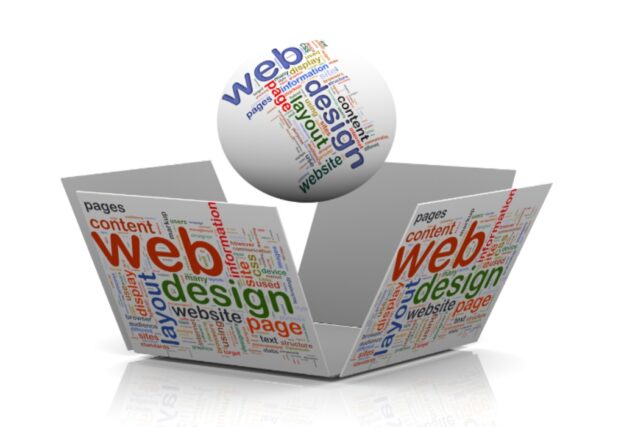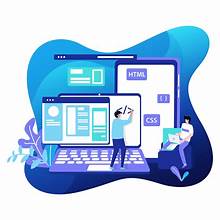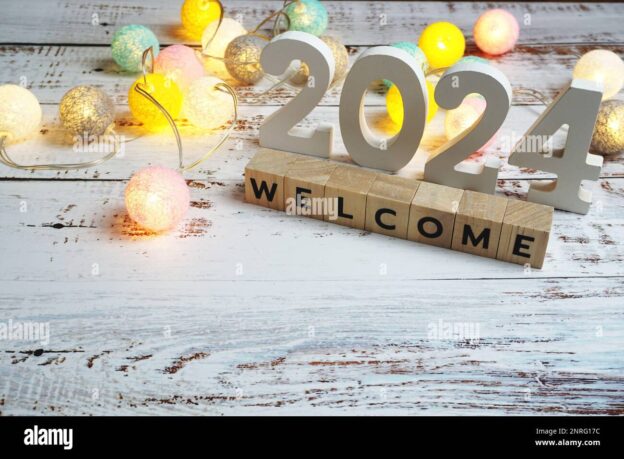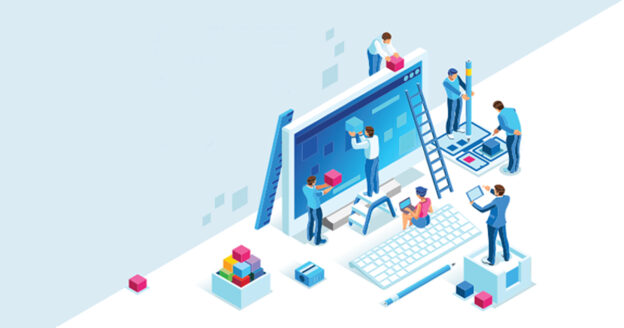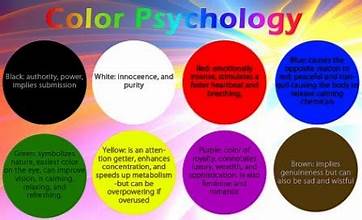In the vibrant yet competitive digital landscape of Mauritius, a strong visual identity is no longer a luxury, it’s a necessity. It’s the visual handshake that forms a lasting impression on your audience, shaping their perception of your brand and influencing their decision-making. At our web design agency in Mauritius, we’ve helped countless businesses craft captivating online presences that resonate with their target audience and propel them towards success. Here, we share some valuable insights we’ve gleaned along the way:
1. Understanding Your Brand Story:
It all starts with understanding the essence of your brand. What are your values, mission, and unique selling proposition? What story do you want to tell? Your visual identity should be an extension of this narrative, reflecting your brand’s personality and values through color palettes, typography, imagery, and design elements.
2. Leveraging Local Inspiration:
Mauritius boasts a rich tapestry of cultures, landscapes, and traditions. Don’t be afraid to incorporate these elements into your design in a subtle, tasteful way. This local touch can resonate with Mauritian audiences and create a sense of authenticity and connection.
3. Mastering the Art of Storytelling:
Your website shouldn’t just be informative, it should be captivating. Use visuals to tell your brand story, evoke emotions, and engage your audience. Compelling imagery, well-crafted videos, and interactive elements can transform your website from a static brochure into an immersive experience.
4. Embracing Responsive Design:
In today’s mobile-first world, ensuring your website adapts seamlessly to different screen sizes is crucial. Responsive design not only provides a superior user experience but also improves your search engine ranking, making your website visible to a wider audience.
5. Prioritizing User Experience (UX):
Visual appeal is essential, but it shouldn’t come at the expense of usability. Your website should be intuitive and easy to navigate, allowing users to find the information they need quickly and effortlessly. A well-designed user experience keeps visitors engaged and ultimately converts them into loyal customers.
6. Optimizing for Local Search:
Mauritius has its own unique search engine landscape. By incorporating relevant keywords and local SEO best practices into your website design and content, you can ensure your business appears prominently in local search results, attracting potential customers in your vicinity.
7. The Power of Collaboration:
Building a strong visual identity is a collaborative effort. At our web design agency, we believe in working closely with our clients to understand their vision and translate it into a design that exceeds expectations. Open communication and a collaborative approach are key to achieving success.
8. The Importance of Maintenance:
Your website is a living entity, and your visual identity should evolve with your brand. Regularly update your website content, imagery, and design elements to reflect your brand’s growth and keep your audience engaged.
9. The Value of Analytics:
Data is your friend. Use website analytics tools to track user behavior and understand how your audience interacts with your visual identity. This data can inform future design decisions and help you optimize your website for better performance.
10. Embrace Your Mauritian Identity:
Don’t be afraid to stand out and showcase your Mauritian roots. By incorporating local elements into your visual identity, you can create a website that is both unique and resonates with your target audience.
By following these insights and partnering with a skilled web design agency like Web Design Agency in Mauritius, you can craft a captivating visual identity that sets your brand apart, attracts your target audience, and propels your business towards success in the digital age. Remember, your visual identity is an investment, not an expense. It’s the foundation of your online presence, and it has the power to shape your brand’s future in Mauritius and beyond.

